How do mine Helium? How much will I earn by installing just one Helium miner? How far should my Helium miner be from other miners in the network? Where can I find a Helium mining modem? Can you mine Helium with a phone? What is Helium Map, and how does it work? In this article, we will comprehensively examine the mechanism of Helium mining, how Helium hotspots work, and optimization tips for Helium mining. Then, we will introduce the best Helium miners and answer the common questions about Helium mining.
Also Read: Sparkpool Shuts Crypto Mining Operations
Contents
- Introduction of Helium Network Tokens
- How to Mine and Earn Money from Helium Blockchain Technology
- How to Participate In the Helium Mining Process?
- What Does Hotspot Mean In Helium Network?
- How to Optimize the Wireless Network Coverage?
- Basic Principles for Optimal Placement of Hotspots
- How to Start the Helium Miner
- Distance between the Miners
- Conclusion
- FAQs
Introduction of Helium Network Tokens
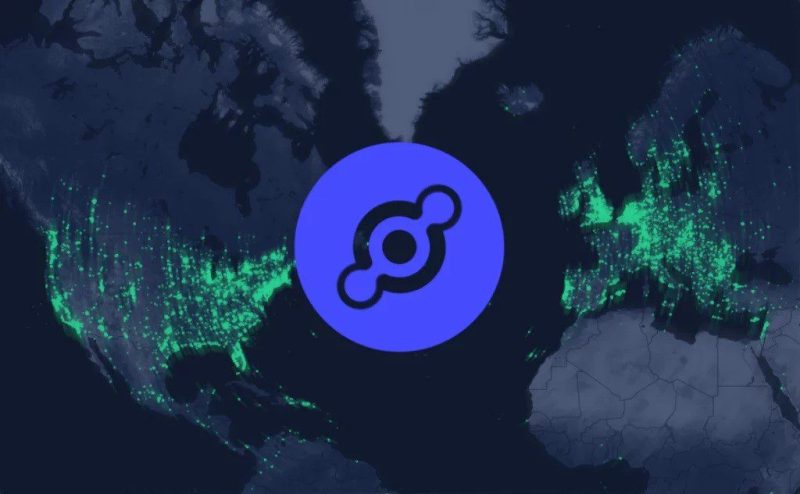
The Internet of Things (IoT) is one of the main goals of Helium. The Helium blockchain network consists of hotspots that cover the IoT that support the LoRaWAN protocol. LoRaWAN is a single-point-to-multipoint networking protocol that uses radio frequencies (RF) to extend Internet coverage to devices known as the Internet of Things. Unlike GPUs, you need radio frequencies.
This blockchain uses the HoneyBadgerBFT consensus protocol, and its nodes must prove their support for creating a decentralized wireless network with Proof of Coverage (PoC) to exchange information.
Also, the native coin of the Helium network is known by the HNT. The HNT network rewards Helium miners who confirm wireless coverage via radio frequencies.
How to Mine and Earn Money from Helium Blockchain Technology
Helium mining requires group participation in the network, and it is only possible to do it by connecting to the network. Therefore, you should choose a place with good coverage by hotspot devices. It will only do a little good if you are the only Helium miner in that area. Therefore, to choose the right place, you must see the Helium coverage map page. The Helium map gives you information such as the location of hotspots and how much they earn.
There are three ways to earn money from the Helium network;
1. Facilitating Data Transfer: Data Transfer Through Hotspot
The first way to earn HNT is to transfer data through a hotspot. Helium Network has announced that 1/3 of the mining Helium reward is allocated to data transfer. So the amount you receive depends on the data you are responsible for transferring.
2. Proof of Coverage
The second way to earn Helium coins is through the Proof of Coverage (PoC) challenge. The network randomly selects a hotspot to challenge another hotspot. In this method, hotspot Challangee asks the other device to send its PoC to the network. Other hotspots close to this device appear as Witnesses to confirm the operation. Each hotspot participating in this challenge will receive a portion of the HNT allocated for this challenge.
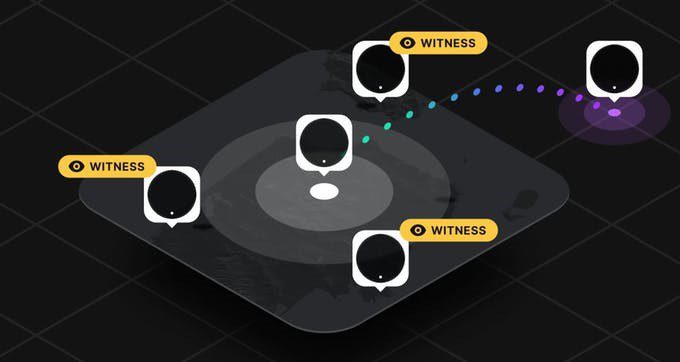
3. Group Consensus
The third way to get HNT is to join the group consensus process. At this time, the network randomly selects hotspots to join the consensus for a certain period. The consensus group is responsible for validating transactions and adding them to the blockchain and is rewarded for doing so.
How to Participate In the Helium Mining Process?
With hotspot devices, it is possible to generate income from the Helium network. But every person alone cannot benefit from mining Helium. To form a network, a certain number of users must be in a geographical area. It would help if you had a hotspot to be part of the Helium network. Hotspot nodes provide the data transfer companies and developers need for Internet of Things devices and receive Helium coins based on their participation in the network. Companies and developers of IoT devices must pay the Data Credit token to this network. The cost of transferring sensor and device data is paid with data credit. Data Credit Token (DC) is also obtained by burning HNT.
What Does Hotspot Mean In Helium Network?
A hotspot Helium is a small device similar to a modem connected to a regular power outlet by communicating with the internet. It extends WiFi waves for kilometers, provides communication for nearby IoT devices, and acts as a node in the Helium network. The function of the hotspot is to transmit small packets of data from devices using the LoRaWAN protocol. Their purpose is to send data from IoT devices. Helium hotspot devices consume only 5 watts of energy and are energy efficient.
In the image below, you can see the model of hotspots approved by the community and the Helium network production monitoring committee:
Also Read: Crypto Miners: Discover Hive OS
How to Optimize the Wireless Network Coverage?
What Is a Helium Map?
Helium Map or Helium Explorer is a blockchain browser and analysis tool for the Helium network that shows much data, including the connection status of hotspots, the exact location of devices, and their income.
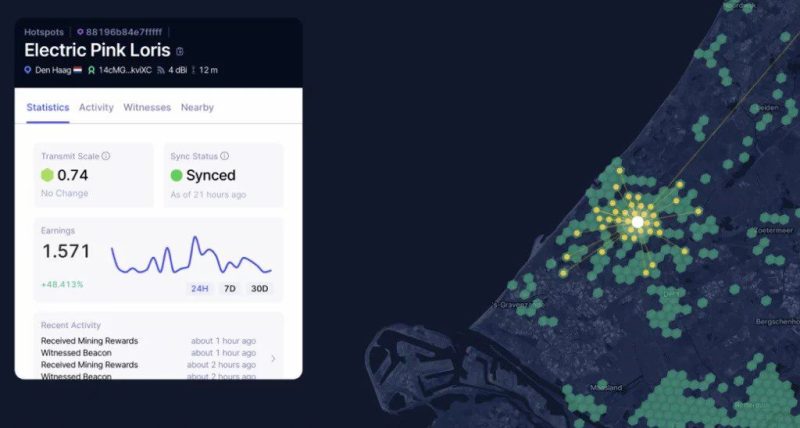
When you look at Helium’s map, the first thing that catches your eye is the hexagon-shaped divisions borrowed from Uber’s H3 division system. A grid of hexagons with different resolutions can represent the surface of the Helium map. Therefore, the hexagons on the Helium map indicate the approximate locations of hotspots. There are 13 different resolutions, and the average area and the average edge length of each hexagon can be seen in the table below:
Helium map resolution
One of the effective factors in generating Helium income is the number of other nearby devices, their proximity, and the density in each hexagon. The Helium map has an index to measure these factors called Transmit Scale. The transmit scale measures the density of hotspots at different points with different resolution powers. The transmit scale number indicates the density of miners in a hexagon.
Transmit scale is a factor that determines the amount of hotspot bonus you see. This scale also affects the number of rewards you receive as a Challengee. The transfer scale number calculates the participation reward in the PoC event. The lower this number is, the less reward they receive compared to witness nodes whose transmit scale is 1. The motivation underlying the implementation of this system is to encourage the expansion of hotspots in all regions instead of creating dense and Helium-saturated regions.
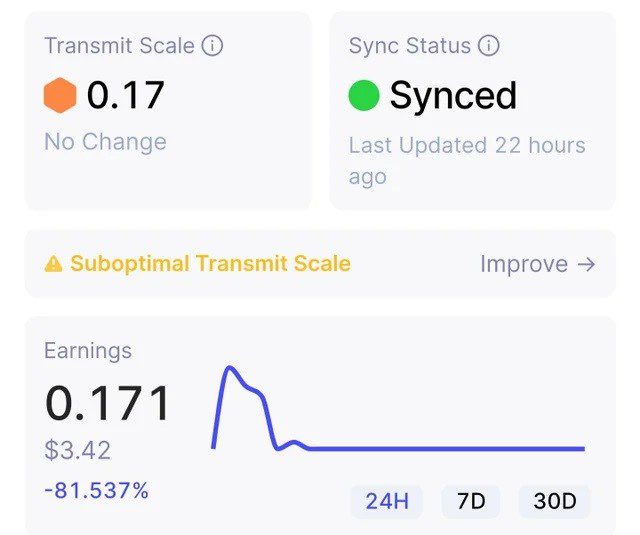
However, a lower transfer rate will not directly affect your income. A transfer scale of 0.5 does not mean that your miner runs at only 50% capacity. But if you witness another hotspot that has a transfer scale of 0.5, you will only get 50% of the HNTs you can earn as a witness for that hotspot. That hotspot is penalized for being in a saturated hexagon.
Basic Principles for Optimal Placement of Hotspots
The basic principles for optimal placement of hotspots are hotspot density and antenna visibility.
1. Hotspot Density
The appropriate density is determined using the Uber H3 map. Hotspots do not earn money from other hotspots less than 300 meters away and can be at a maximum distance of 50 km from each other. But it is impossible to say exactly how much you will earn each interval. The Uber map also uses hexagons to form grids of different sizes. Each hexagon has a density corresponding to its resolution, and different colors in the hexagons represent the density. Green color means adequate density, red means excessive density, and yellow is average. Each resolution has an optimal number of hotspots for each hexagon. For optimal placement, try to place your miner as much as possible in transition scale 1 and a hex with a proportion of Helium proportional to the neighboring hexes.
2. Antenna Visibility
To neutralize the effects of a lower transmit scale, it is recommended to improve your antenna settings. That is, put them in more open space, with more interest and height. Before choosing the latest and best antenna model, ensure your antenna has the space to receive and send signals.
So antenna visibility is much more important than its upgrades. You can view your antenna’s line of sight using the RF Line of Sight or Helium. Vision websites. However, even a one-meter difference in height significantly affects income, and proper height is necessary for maximum coverage, but more is needed. In the image below, you can see the coverage of different antennas:
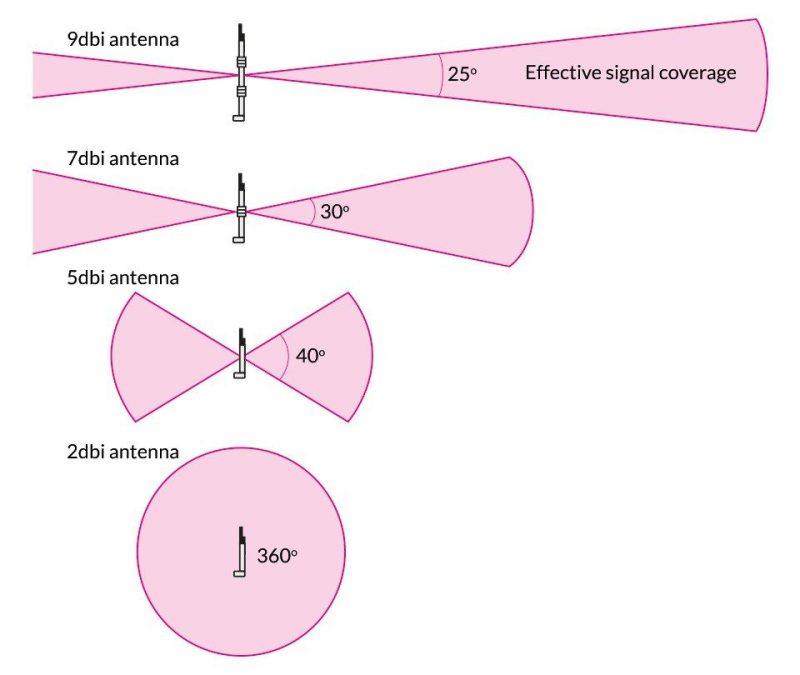
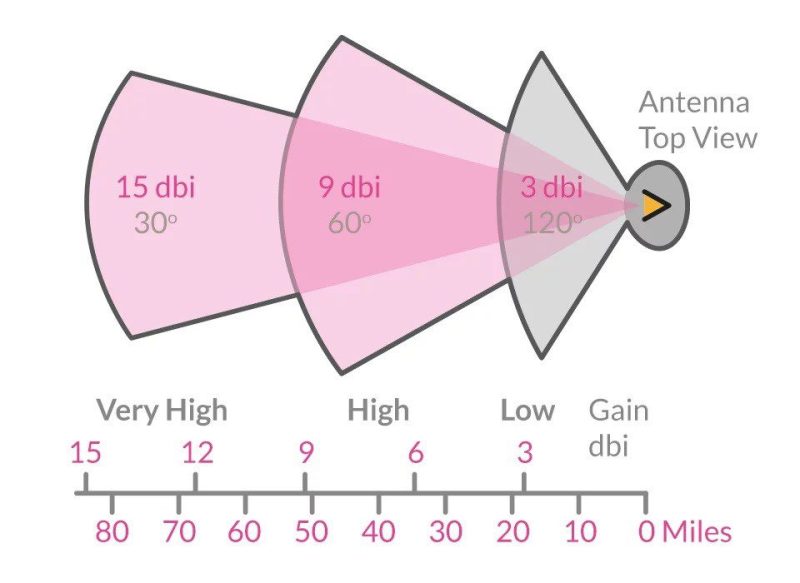
- For densely populated urban environments, external fiberglass Helium antenna with 4 dBi antenna gain
- For suburban environments, a 5.8 dBi or 6 dBi fiberglass external antenna
- For rural environments, an external Rokland antenna with a frequency of 915 MHz and an antenna gain of 8 dBi
- Backcountry 10 dBi fiberglass antenna for very remote places
A stronger antenna does not necessarily mean more coverage or more revenue. Look at the image above and below and note the difference in coverage of the antennas. The higher the antenna’s dBi, the narrower and longer it’s signal coverage.

- Higher dBi: Excellent performance on flat ground and congestion points
- Lower dBi: Excellent performance in rough terrain or high-density areas
Medium dBi: ideal for those spaces between the previous two.
How to Start the Helium Miner
To become a part of the Helium network, you must communicate with other Helium miners. Powering on, registering the device, connecting to the network, and synchronizing the device with the blockchain are the initial steps of the Helium mining process. According to the network guidelines, it takes 24-48 hours for the device to sync with the blockchain. After synchronization, the mining Helium process can be started. The steps to set up a Helium hotspot are as follows:
- Connecting the antenna to the hotspot
- Connect the cable to the power, but do not turn it on.
- Download the Helium hotspot application.
- Open the application on the mobile phone and create a user account. You will be given a 12-word code similar to the wallet recovery phrase.
- Choose a PIN code for your Helium hotspot application.
- Select the “Set up Hotspot” option in your application and select the hotspot model.
- Select the location of the hotspot.
- Declare that you have read the guide. (Tick the confirmation)
- Acknowledge that you know that Helium will never have access to your private keys and uses secure methods to detect any problems in your hotspot.
- Allow the application to access your location.
- Press the power button to turn on the device.
- Confirm in the program that you have turned on the hotspot.
- Scan the application to find the hotspot device.
- Connect the hotspot to WiFi.
Distance between the Miners
The hotspot’s location is one of the biggest factors affecting income. To choose the hotspot’s location, check the Helium coverage map to see the number of hotspots in your area. The higher the density of hotspots, the higher the chance of Helium mining. But if the distance between miners is less than 300 meters, the competition between hotspots to mine the Helium will increase. The Helium network rewards miners for covering and helping build the Helium network, so placing multiple hotspots in a single location does not help build the network. Therefore, you should place your hotspot at least 300 meters away from the next closest hotspot.
Conclusion
The Helium blockchain network consists of hotspots or connection points that cover the IoTs using the LoRaWAN protocol. These connection points function as Helium network miners and have different roles in the network. Miners mine Helium by facilitating data transfer, group consensus, and participating in the PoC process. Antennas, the distance between miners, and the device’s location are important for HNT mining.
FAQs
Can We Mine Helium with A Home Computer?
No. Helium mining is only possible through radio frequencies and hotspot devices, which have a different function than CPU and GPU.
Is It Possible to Mine Helium with a Phone?
No. Helium mining is only possible with hotspot devices.
What Is the Best Helium Miner?
Helium hotspot devices are built based on technology and mainly a type of hardware. Therefore, there is not much difference between different brands.
What Is the Electricity Consumption of Helium Hotspot?
Helium miners consume 5 watts of energy, the same as an LED light bulb.
How Much Is the Profit of Helium Mining?
The profitability of Helium mining depends on the coverage of the area, the miners’ density, and the number of hotspots. You can use the Helium calculator to calculate your mining profit.
What Are the Best Helium Mining Pools?
The best Helium mining pools are Helium Staking, HNT Staking, Multipool App, and Vanager.
How Can I Maximize My Mining Profit?
Ensuring that the hotspot is connected and online, adjusting the antenna angle, the density of miners in one location, and the distance between hotspots help to increase mining profit.



